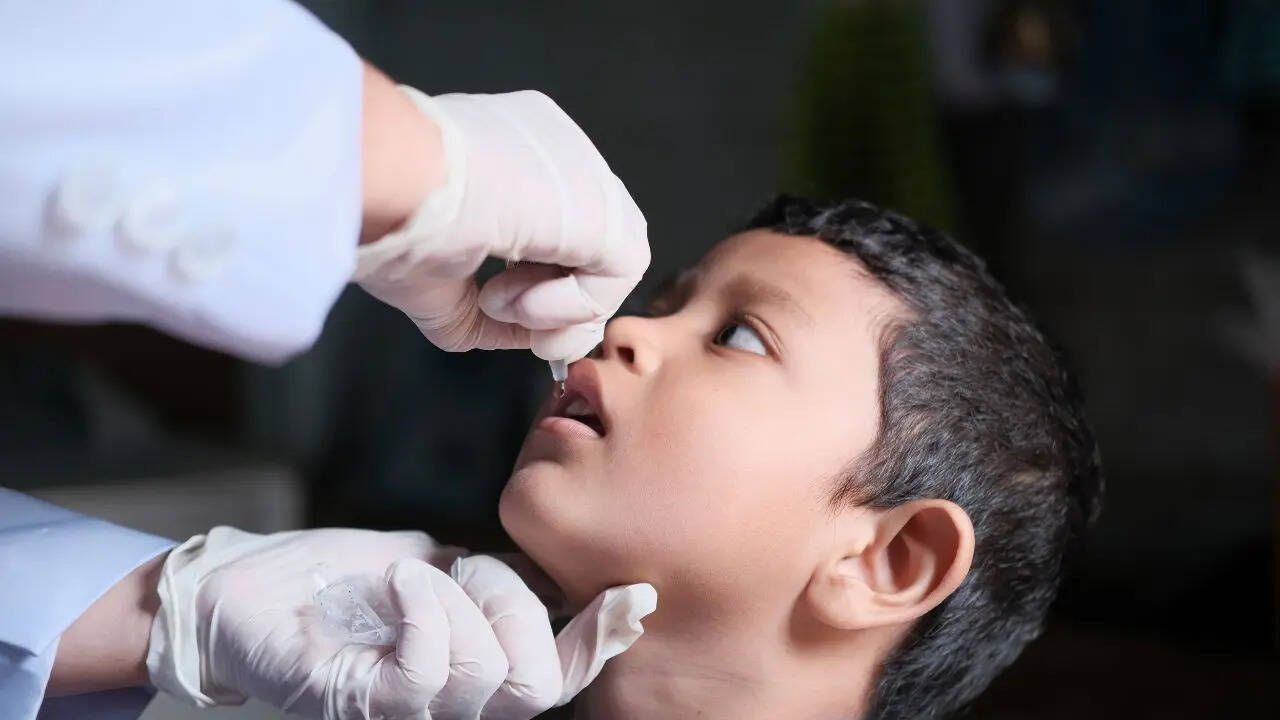World Polio Day 2025: Date, Theme, And Why Eradication Still Matters For Global Health

Credits: Canva
SummaryWorld Polio Day, observed on October 24, highlights the global fight against one of the world’s most infectious and disabling diseases. The day is dedicated to spreading awareness about the importance of vaccination, celebrating milestones in polio eradication, and more.
End of Article
